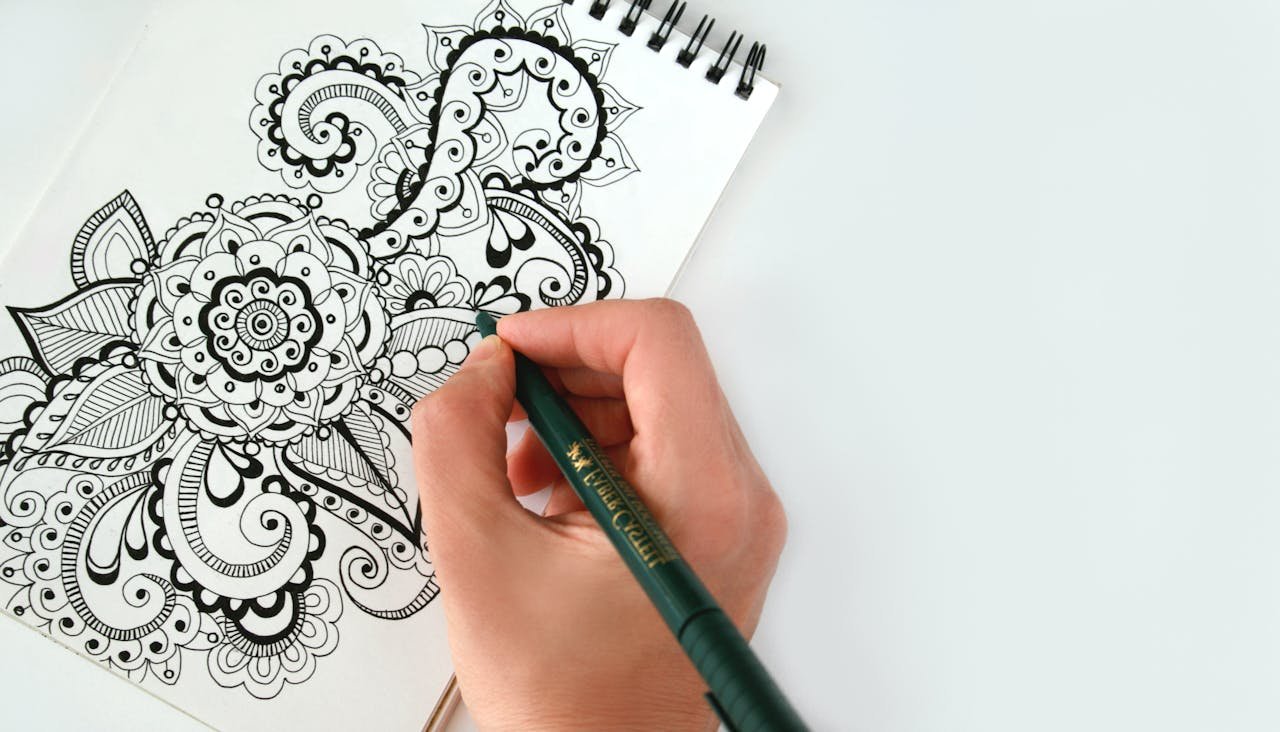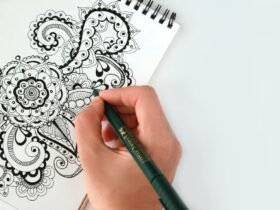Introduction: How Drawing Boosts Creativity
Drawing is more than a skill or talent—it’s a gateway to creativity and self-expression. Whether you’re sketching for fun, learning as a beginner, or rediscovering your artistic side, the act of drawing stimulates your imagination and sharpens your focus. The great thing about drawing is that it requires minimal tools—just paper, pencils, and a little curiosity.
Creativity often feels elusive, but by practicing specific techniques, you can train your brain to think outside the box and explore new ideas. These five drawing methods will not only improve your skills but also unlock creative potential you didn’t know you had.
1. Contour Drawing: Train Your Eyes and Hands
Contour drawing focuses on observing an object closely and capturing its outline with minimal lifting of your pencil. The goal is not perfection but improving hand-eye coordination and attention to detail.
Start by selecting a simple object like a mug, fruit, or plant. Slowly move your eyes along the edges of the object while letting your hand follow the shape on paper. The key is to avoid looking at your drawing while working. This exercise sharpens your ability to see and think creatively.
2. Blind Drawing: Let Go of Control
Blind drawing is similar to contour drawing but with a playful twist—you don’t look at your paper at all while sketching. It’s a great way to overcome self-criticism and learn to embrace imperfection.
Choose an object or photograph, set a timer for 2-3 minutes, and sketch without peeking at the paper. The results will likely be abstract, but that’s the point! Blind drawing helps you focus on the process rather than the outcome.
3. Negative Space Drawing: See Shapes Differently
This technique involves drawing the “empty” spaces around an object rather than the object itself. For instance, if you’re drawing a chair, focus on the gaps between its legs and frame rather than its outline.
Negative space drawing teaches you to see beyond the obvious, encouraging creative thinking and a fresh perspective. It’s especially helpful for artists who want to improve their understanding of proportions and composition.
4. Gesture Drawing: Capture Movement Quickly
Gesture drawing is all about speed and capturing the essence of movement. Using loose, flowing strokes, you quickly sketch the shape and motion of a subject, such as a person or an animal.
Set a timer for 30-60 seconds per sketch and focus on overall form rather than small details. The technique helps you break free from overthinking and embrace spontaneity, which fuels creativity.
5. Abstract Doodling: Relax and Explore
Sometimes, the best ideas come when you’re relaxed and letting your mind wander. Abstract doodling allows you to explore shapes, lines, and patterns without a plan. Start with a blank page and let your hand move naturally—draw spirals, zigzags, dots, or geometric shapes.
This technique not only relieves stress but also stimulates the creative parts of your brain. It’s perfect for brainstorming and sparking new ideas.
Conclusion: Make Drawing a Daily Habit
Improving your creativity through drawing doesn’t require hours of practice or complicated tools. These techniques—contour drawing, blind drawing, negative space, gesture sketching, and abstract doodling—are simple, effective, and fun. By dedicating just 10-15 minutes a day to drawing, you’ll see improvements in both your artistic skills and your creative thinking.













Leave a Reply